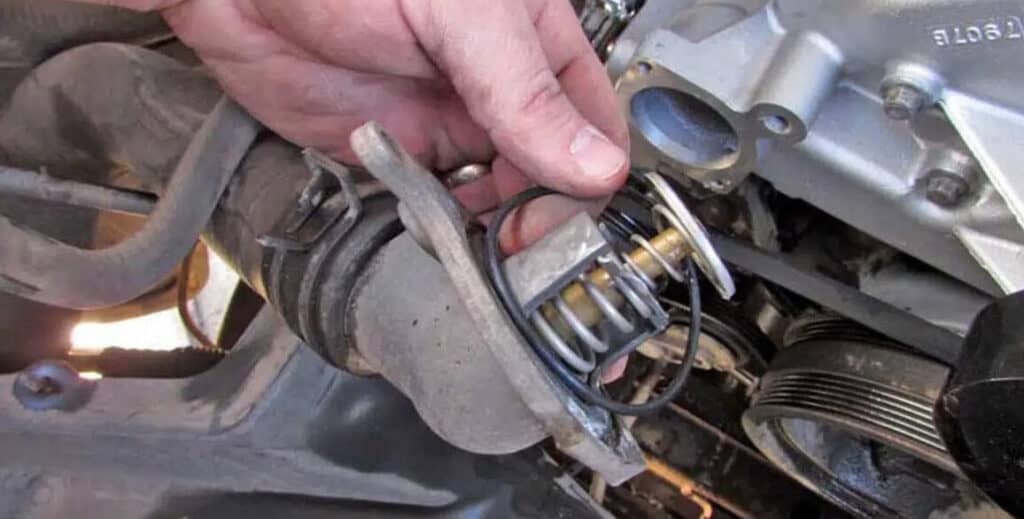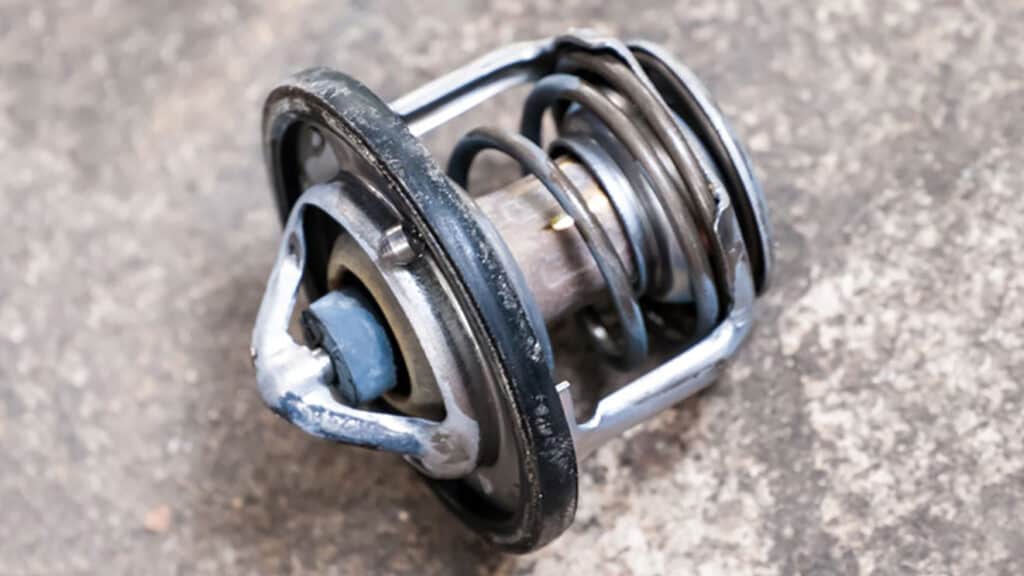Introduction to Car Thermostat and Its Importance
A car thermostat may be a small component, but it plays a crucial role in your vehicle’s operation. As part of the cooling system, it helps regulate the engine’s temperature, ensuring optimal performance and preventing overheating. A well-functioning thermostat contributes to fuel efficiency, reduced emissions, and an extended engine life. In this article, we’ll explore common reasons for thermostat failure and provide tips on how to avoid them.
Understanding How a Car Thermostat Works
The thermostat is a heat-sensitive valve that controls the flow of coolant between the engine and the radiator. When the engine is cold, the thermostat remains closed, allowing the engine to warm up quickly. Once the engine reaches its optimal operating temperature, the thermostat opens to let coolant circulate and maintain a stable temperature. Understanding how the thermostat works helps identify potential failure points and take preventive measures to avoid them.

Common Reasons for Car Thermostat Failure
There are several factors that can lead to thermostat failure, including:
• Contaminated Coolant: The coolant in your car serves a significant purpose; it helps regulate the temperature of the engine. However, this essential fluid can become contaminated over time, either through the introduction of the wrong type of coolant, mixing of incompatible coolants, or simply due to the natural accumulation of impurities. Such contamination can lead to the thermostat becoming stuck or corroded, impairing its ability to function correctly. Regularly checking the quality of your coolant and replacing it as recommended can help prevent this issue.
• Thermostat Wear and Tear: Thermostats, like every other component in your car, are subject to the effects of wear and tear. As the years roll by and the miles accumulate, the heat-sensitive materials within the thermostat can degrade. This degradation can result in a thermostat that is less responsive or, in some cases, even stuck in one position, whether open or closed. Regularly checking the thermostat and replacing it as part of your vehicle’s routine maintenance can help avoid this problem.
• Improper Installation: The correct installation of the thermostat is crucial for its optimal operation. An incorrectly installed thermostat can lead to a host of issues, including leaks, incorrect temperature readings, and even engine overheating. Whether the thermostat is installed upside down, or the gasket is improperly seated, such mistakes can have severe consequences. Therefore, it’s always best to have a professional handle the installation of a thermostat or, at the very least, to follow the installation instructions to the letter if you’re a DIY enthusiast.
• Engine Overheating: Engine overheating can be a symptom of a faulty thermostat, but it can also be a cause of thermostat failure. When an engine consistently runs too hot, it can damage various components, including the thermostat. Overheating can be due to several reasons such as low coolant levels, a malfunctioning water pump, or a blocked radiator, to name a few. Regular inspections and maintenance can help identify and address these issues before they lead to thermostat failure or other more severe engine problems.
Detailed Look at Each Reason for Failure
• Contaminated Coolant: Coolant contamination can result from using the wrong type of coolant, mixing coolants, or not changing the coolant regularly. Contaminants can cause the thermostat to stick or become corroded, leading to its malfunction.
• Thermostat Wear and Tear: Like any other car component, thermostats are subject to wear and tear. Over time, the heat-sensitive materials in the thermostat can degrade, causing it to lose its responsiveness or get stuck in one position.
• Improper Installation: A poorly installed thermostat can lead to a variety of issues, including leakage, misalignment, or incorrect functioning. Ensuring the thermostat is installed correctly is crucial for its performance and longevity.
• Engine Overheating: When the engine overheats, it can cause significant damage to various components, including the thermostat. Overheating can result from low coolant levels, a malfunctioning water pump, or a blocked radiator, among other reasons.

Preventive Measures and Routine Maintenance
Taking proactive steps can help avoid car thermostat failure and prolong its life. Here are some essential maintenance tasks and preventive measures:
• How to Regularly Check Coolant Level and Quality: Regularly inspect your vehicle’s coolant level and ensure it’s within the recommended range. Also, check the coolant for signs of contamination or degradation, and replace it as needed, usually every 48,000 to 80,000 kilometers.
• Importance of Regular Thermostat Inspection and Replacement: Have a professional mechanic inspect your thermostat during routine maintenance. If the thermostat is nearing the end of its typical lifespan, which is around 100,000 kilometers, consider replacing it as a preventive measure.
• Ensuring Proper Installation of the Thermostat: When replacing a thermostat, make sure it’s correctly installed. If you’re unsure about the process, consult a professional mechanic to avoid potential issues caused by improper installation.
• Tips to Prevent Engine Overheating: To avoid engine overheating, monitor your coolant level, inspect the radiator for blockages or leaks, and ensure your water pump is functioning properly. Also, avoid overloading your vehicle or towing heavy loads in extreme temperatures.
Conclusion: The Value of Proactive Care for Your Car Thermostat
Taking care of your car’s thermostat through regular maintenance and preventive measures is a cost-effective way to ensure optimal engine performance and longevity. By addressing potential issues before they escalate, you can avoid expensive repairs and keep your vehicle running smoothly for years to come. Remember, a little investment in preventive care can save you a lot of time, money.
